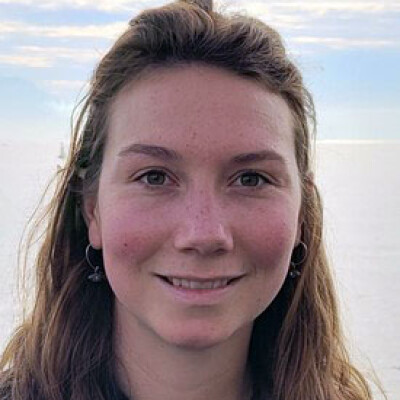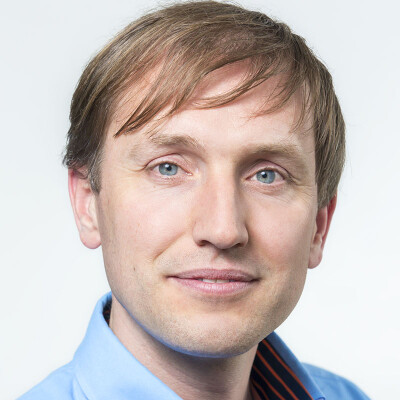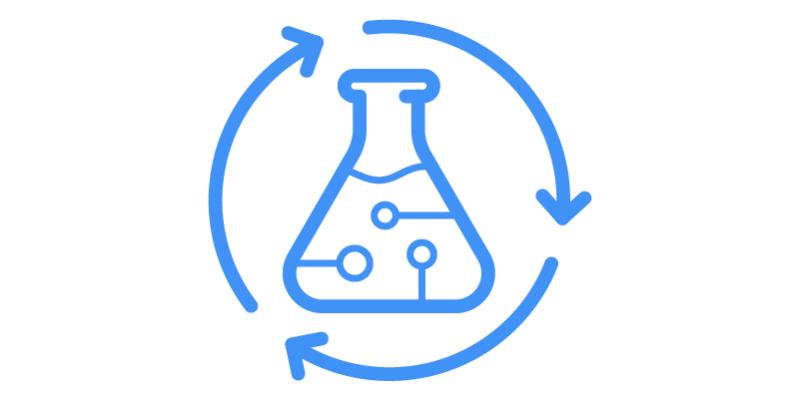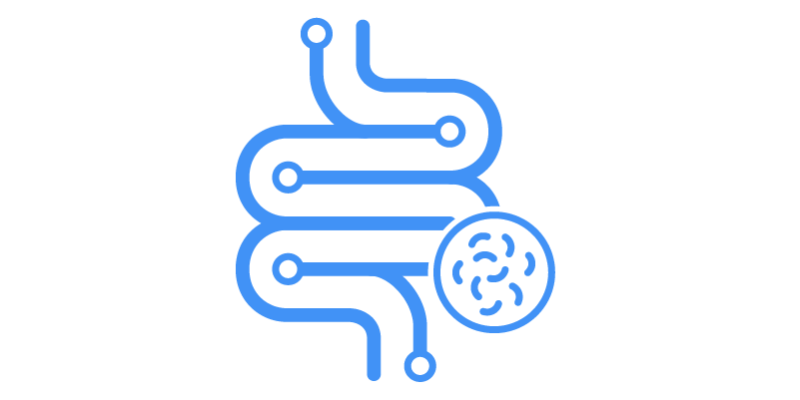Beginning at the factory level.
Problem description
Bio-based products like enzymes are typically produced using a sequence of semicontinuous unit operations, generally starting with fermentation, and subsequent purification and formulations steps.
Often products are manufactured in a multi-process, multi-product plants, with complex routing of the physical flow and real-life constraints used by experts to make decisions on optimal scheduling options. These systems are complex in several dimensions which reduces the chances of operating at the optimum schedule for a given product mix. Furthermore, real-production systems in multi-purpose facilities suffers from inherent variability, which impact process steps durations and outputs. Within our DSM production sites we have chosen one of our key multi-product facilities as case study.
Documents & links
-
Analysis of Measure-Valued Derivatives in a Reinforcement Learning Actor-Critic Framework, 2022
-
Rolling Horizon Simulation Optimization For A Multi-Objective Biomanufacturing Scheduling, 2023
-
Learning From Scenarios for Stochastic Repairable Scheduling, 2024
-
Dynamic Scenario Reduction for Simulation Based Optimization Under Uncertainty, 2022
-
Roosteren Vanuit Endoscopisch Perspectief
Goal
Deliver solutions in three dimensions:
1. Digital Model
- How can we understand variability and quantities of actual processes?
- What is the right optimization algorithm to create optimize schedules for a biotech multi-process, multi-product, factory?
2. Machine learning for pattern recognition for scheduling & planning
- How to represent schedules such that they are suitable for machine learning?
- How to teach the system with historical solutions?
3. Machine learning based capacity model
- How to use ML to predict and understand real capacity utilization, accounting for variability?
- What type of algorithms could be used to optimize the capacity utilization?
- How to deliver a predictive capacity model?












